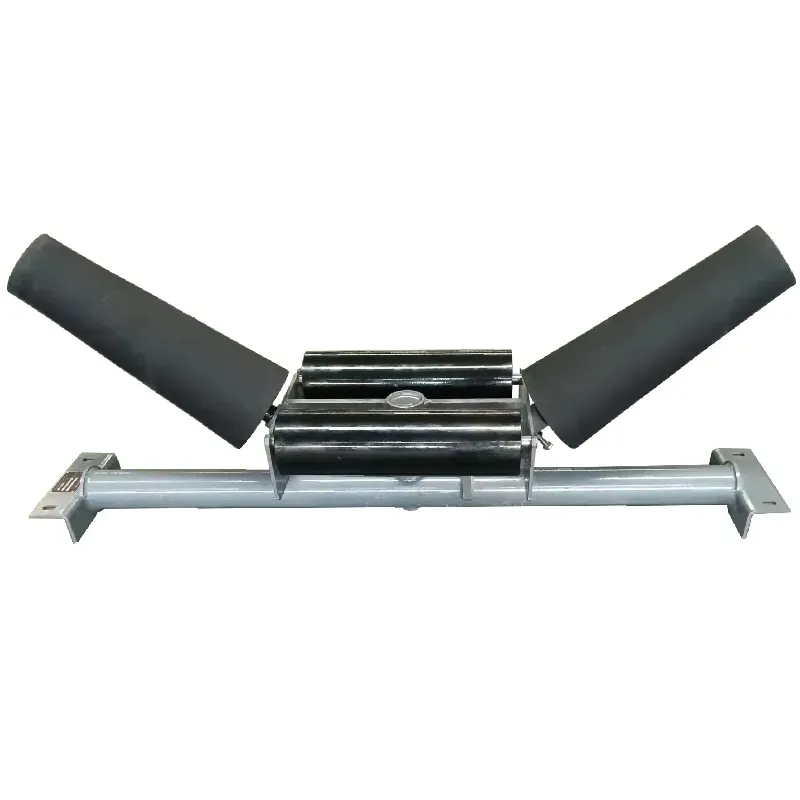 Afrikaans
Afrikaans  Albanian
Albanian  Amharic
Amharic  Arabic
Arabic  Armenian
Armenian  Azerbaijani
Azerbaijani  Basque
Basque  Belarusian
Belarusian  Bengali
Bengali  Bosnian
Bosnian  Bulgarian
Bulgarian  Catalan
Catalan  Cebuano
Cebuano  Corsican
Corsican  Croatian
Croatian  Czech
Czech  Danish
Danish  Dutch
Dutch  English
English  Esperanto
Esperanto  Estonian
Estonian  Finnish
Finnish  French
French  Frisian
Frisian  Galician
Galician  Georgian
Georgian  German
German  Greek
Greek  Gujarati
Gujarati  Haitian Creole
Haitian Creole  hausa
hausa  hawaiian
hawaiian  Hebrew
Hebrew  Hindi
Hindi  Miao
Miao  Hungarian
Hungarian  Icelandic
Icelandic  igbo
igbo  Indonesian
Indonesian  irish
irish  Italian
Italian  Japanese
Japanese  Javanese
Javanese  Kannada
Kannada  kazakh
kazakh  Khmer
Khmer  Rwandese
Rwandese  Korean
Korean  Kurdish
Kurdish  Kyrgyz
Kyrgyz  Lao
Lao  Latin
Latin  Latvian
Latvian  Lithuanian
Lithuanian  Luxembourgish
Luxembourgish  Macedonian
Macedonian  Malgashi
Malgashi  Malay
Malay  Malayalam
Malayalam  Maltese
Maltese  Maori
Maori  Marathi
Marathi  Mongolian
Mongolian  Myanmar
Myanmar  Nepali
Nepali  Norwegian
Norwegian  Norwegian
Norwegian  Occitan
Occitan  Pashto
Pashto  Persian
Persian  Polish
Polish  Portuguese
Portuguese  Punjabi
Punjabi  Romanian
Romanian  Russian
Russian  Samoan
Samoan  Scottish Gaelic
Scottish Gaelic  Serbian
Serbian  Sesotho
Sesotho  Shona
Shona  Sindhi
Sindhi  Sinhala
Sinhala  Slovak
Slovak  Slovenian
Slovenian  Somali
Somali  Spanish
Spanish  Sundanese
Sundanese  Swahili
Swahili  Swedish
Swedish  Tagalog
Tagalog  Tajik
Tajik  Tamil
Tamil  Tatar
Tatar  Telugu
Telugu  Thai
Thai  Turkish
Turkish  Turkmen
Turkmen  Ukrainian
Ukrainian  Urdu
Urdu  Uighur
Uighur  Uzbek
Uzbek  Vietnamese
Vietnamese  Welsh
Welsh  Bantu
Bantu  Yiddish
Yiddish  Yoruba
Yoruba  Zulu
Zulu rubber conveyor belt rollers
Understanding Rubber Conveyor Belt Rollers
Rubber conveyor belt rollers play a crucial role in the efficient operation of conveyor systems across various industries. These rollers, also known as belt rollers or idler rollers, are designed to support the conveyor belt and its payload while minimizing friction and wear. As integral components of material handling systems, they contribute significantly to the overall performance and longevity of the conveyor setup.
Composition and Types of Rubber Conveyor Belt Rollers
Rubber conveyor belt rollers are typically made from high-strength materials, including steel and rubber, which provide durability and flexibility. The rubber coating serves several purposes it increases grip between the roller and the conveyor belt, reduces noise during operation, and protects against environmental factors such as moisture and corrosion.
There are several types of rollers used in conveyor systems, each designed to fulfill specific functions. These include
1. Idler Rollers These are the most common type of rollers in conveyor systems. They help to support the belt and maintain its alignment. They can be further categorized into adjustable, flat, and troughing idlers, each serving different layouts and loading conditions.
2. Drive Rollers These rollers are connected to the conveyor’s motor and are responsible for moving the belt. They come with various surface textures and coatings to optimize traction.
3. Return Rollers Located on the return side of the conveyor, these rollers ensure the belt’s proper alignment and prevent sagging. They often have a rubber coating to minimize wear and prolong the conveyor's lifespan.
Importance of Rubber Rollers in Conveyor Systems
rubber conveyor belt rollers

The effectiveness of rubber conveyor belt rollers cannot be overstated. They significantly influence the overall functionality of the conveyor system. Here are a few key benefits of using rubber rollers
1. Reduced Friction The rubber coating minimizes friction between the roller and the conveyor belt, which leads to smoother operation. This reduction in friction decreases the wear on both the belt and the rollers, extending their service life.
2. Noise Reduction Rubber has excellent shock-absorbing qualities, resulting in quieter operation of the conveyor system. This is particularly important in environments where noise levels must be minimized, such as in food processing facilities or packaging plants.
3. Improved Traction The rubber surface enhances the grip between the roller and the belt, preventing slippage that could interrupt material flow. This is especially significant when transporting heavy loads or materials that are prone to sliding.
4. Resistance to Environmental Damage The rubber coating offers protection against various environmental factors such as moisture, chemicals, and temperature fluctuations. This resistance helps ensure that the rollers remain functional and effective over a prolonged period.
Maintenance and Longevity
To maximize the lifespan and performance of rubber conveyor belt rollers, regular maintenance is essential. This can include inspecting for wear and tear, ensuring proper alignment, and lubricating moving parts as needed. Keeping these rollers in good condition can help maintain the efficiency of the entire conveyor system, reduce downtime, and ultimately lead to cost savings.
In conclusion, rubber conveyor belt rollers are vital to the success of conveyor systems across various industrial applications. Their ability to reduce friction, minimize noise, improve traction, and withstand challenging environmental conditions makes them indispensable. Understanding their functions and maintaining them properly will contribute to the overall efficiency and productivity of material handling processes.
-
Revolutionizing Conveyor Reliability with Advanced Rubber Lagging PulleysNewsJul.22,2025
-
Powering Precision and Durability with Expert Manufacturers of Conveyor ComponentsNewsJul.22,2025
-
Optimizing Conveyor Systems with Advanced Conveyor AccessoriesNewsJul.22,2025
-
Maximize Conveyor Efficiency with Quality Conveyor Idler PulleysNewsJul.22,2025
-
Future-Proof Your Conveyor System with High-Performance Polyurethane RollerNewsJul.22,2025
-
Driving Efficiency Forward with Quality Idlers and RollersNewsJul.22,2025





























